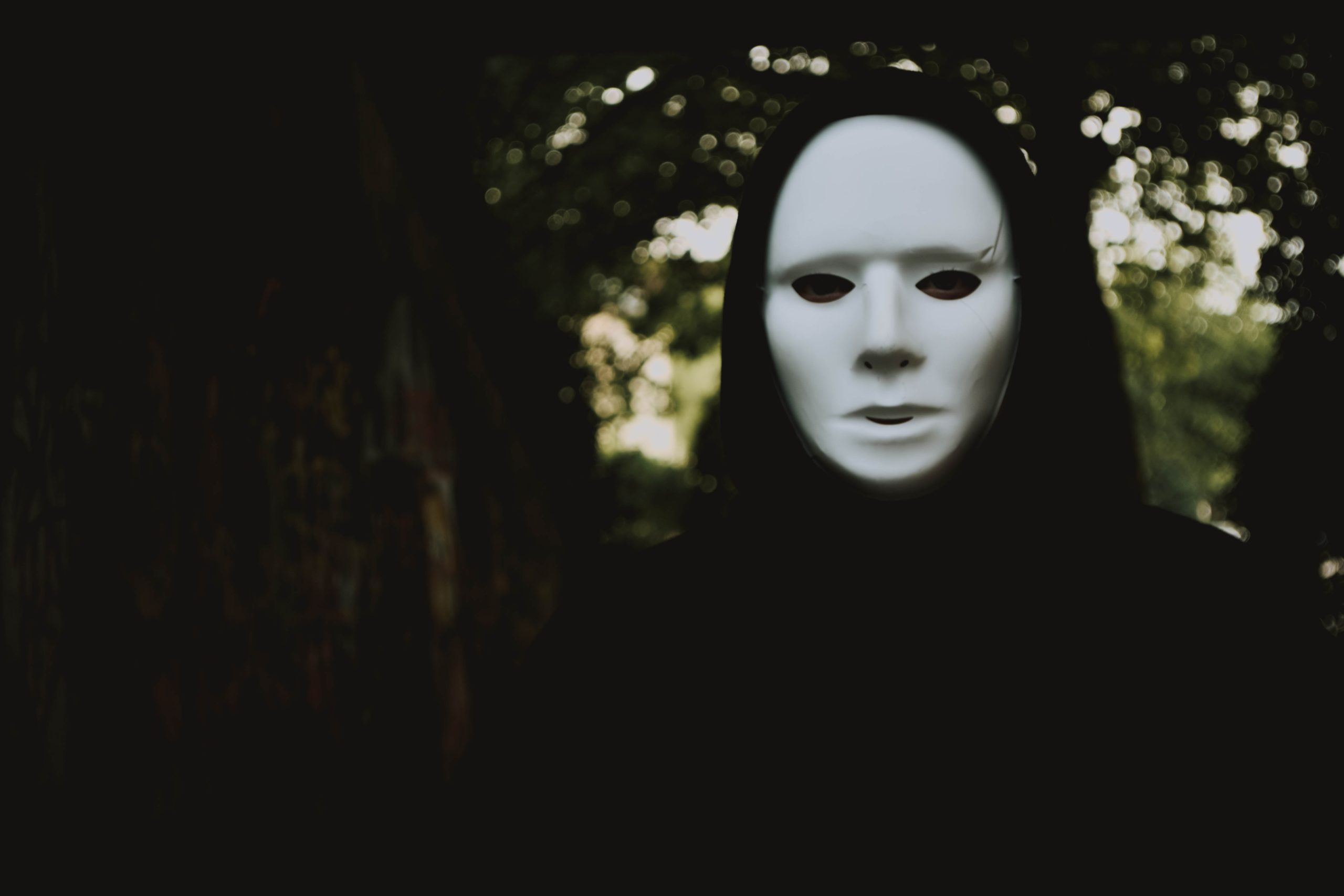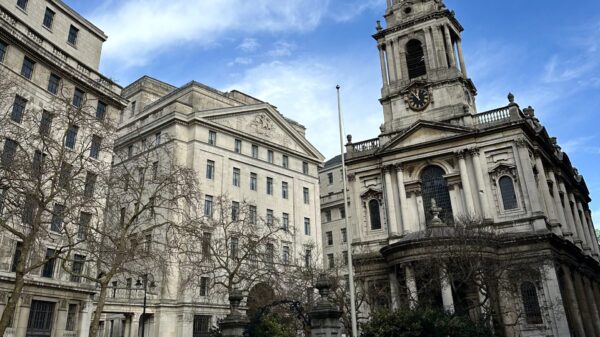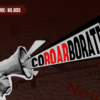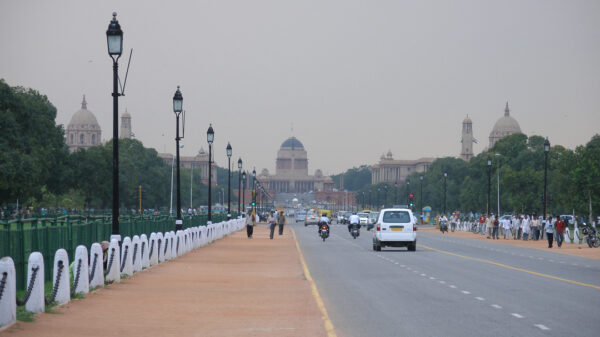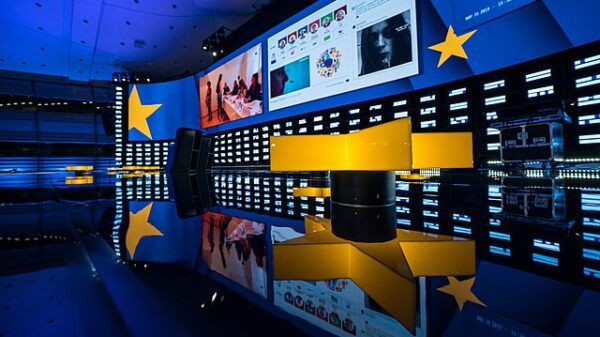Culture Editor Alex Blank discusses our new masked reality, as well as what wearing a mask may symbolise in art and in life.
It’s a regular morning and I’m in a bad mood. I don’t want to go out today, but I need to go to a nearby store. In the past, I would have had an inner mental battle, wasting a lot of time on reminding myself that the outside world won’t endanger me in any way. Now, on the other hand, I have a new piece of armour, acceptable to wear at (almost) all times: a mask.
The term that represents the freedom we feel while wearing a mask is Maskenfreiheit. If no one sees us, there is more we can get away with – so, paradoxically, masks unmask us more than anything. In my case, however, the freedom is about being able to exist in the world side by side with anonymity and abandon. It’s a luxury to boast around with my tiny piece of consciousness while being identified as a no one.
I don’t think human beings will ever stop fighting for asserting their individuality, though, and that can be seen in masks also being created and used as pieces of fashion, implemented into the rest of one’s appearance-based persona. One may not be able to see your smile, but it only takes the qualities of a homemade mask vs one made by Gucci for one to be able to judge and/or label you.
Wearing a mask means something else for everyone. Putting the asphyxiation and nausea issues aside, being covered up can feel liberating for some of us, especially the more socially anxious ones. Not being seen, as well as not having to discern and over-analyse every single face we pass, may be one of the sources of stimulation and exhaustion we finally don’t need to face.
What about people with eating disorders, then? Does wearing a mask lessen the tension one feels when their body is on display? If no one knows it’s them because they’re hidden behind a mask, is it easier to walk those streets without feeling ashamed? Which one is easier – to be a faceless body, or an individual forever-marked by their embodiment?
I’m aware that my notion of masks may be personal and idealised, and that their symbolism runs deeper than their potential liberating power. Masks can represent fear and powerlessness too, in various contexts. We often judge people by their faces; when every other person is masked, we don’t know if we should regard them as an us or a them. A familiar face or not? An ally or an enemy? Danger? Safety? Just like the romanticised notion of love at first sight – currently unavailable to us – it becomes more difficult to make all kinds of stories up about one another, and that can feel scary because our instinct relies on the immediate narratives we create.
The masks, aside from their personal consequences, reveal a lot about society, too. Many people – a significant number of them being male – refuse to wear masks. Is it because it represents powerlessness in the face of invisible threat (i.e. the virus)? Or does the lack of power stem from the facelessness and anonymity? One loses their sense of importance in a mask, a sense that might rely on our facial features more than we realise.
Masks can also be the marker of the mysterious, the strange. A mask is worn to hide oneself, but the primary thing the world sees is that there is something to be hidden in the first place. Examples of this in art might be The Phantom of the Opera, a character in a novel of the same name and inspired by real events, as well as the real-life Man in the Iron Mask, an unidentified figure held in multiple French prisons in the 17th century. There are ongoing speculations regarding his identity – some claiming that he was an illegitimate brother of Louis XIV – but none of them are confirmed. Both of these examples show us how fascinated we are by the unknown that is amplified by a mask; the strange, the alien, terrifying and alluring at the same time. Masks may hide the most obvious, but they also uncover what we may be most afraid of seeing.
Another example of masks used in art is David Wojnarowicz’s “Arthur Rimbaud in New York†photographic series, in which the figures on the photos wear a mask with Rimbaud’s face on it. Is this an attempt of identification with the artist or alienation from one’s own self? Is it timeless or timebound? The simplicity of a single mask unravels all kinds of subtexts around queerness, identity, history and loneliness, always transforming upon further interpretation yet grounded by the stasis of the mask.
Besides representing mystery, wonder, power or its lack, masks can also be a representation of what’s universally acknowledged as normal. The term “masking†is often used in the context of autism, and it describes a person on the spectrum observing the world around them and imitating what society deems as normal. It suggests that masks are, in fact, more normal than anything else, and that masking is a kind of training for how to be a proper human being. Does the homogenisation of masks represent safety? Or is it, in reality, cowardice? What does it say about us when two people act in the same way, even though one person masks and the other doesn’t? Who holds the power here?
Our present reality reminds me of the Black Mirror episode (“White Christmas”) where everyone has the option to turn the people in their life blurry and “block” them out of their field of vision. Now that wearing masks has become so prevalent, does that mean we are more blurry towards one another without even realising it? Is our city-based blasé attitude more pronounced? Do we need to work even harder to acknowledge each other as individuals?
If the world separates itself into viewers and performers, and if we’re now all in the position of the former – who is the performer now? Who or what are we viewing? Maybe our newfound anonymous perspective holds the power to change the way we see the world, and consequently, to change how we act and perform in the future; whatever it might reveal.

